How I Achieved Exceptional 🌟in Oura Resilience
For the first time, Oura has rated my resilience with the highest score. How did I achieve this? And what do other smart rings have to say about it?
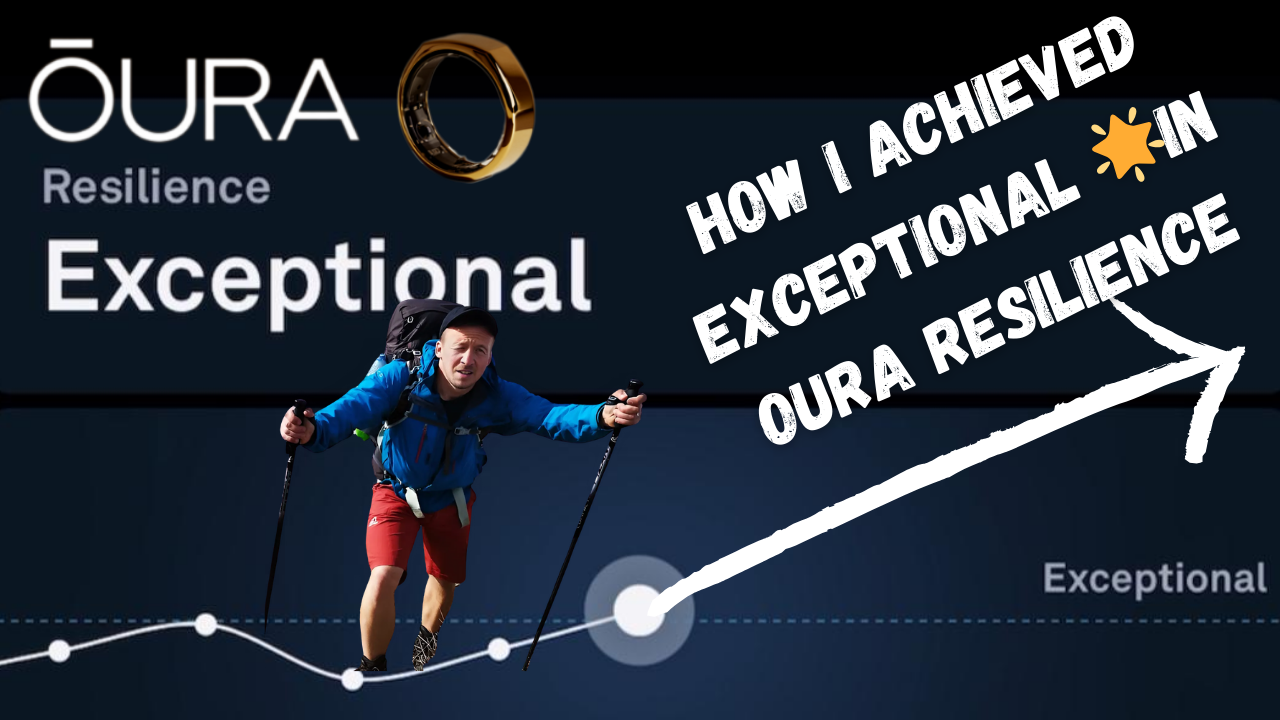
It's been about six months since Oura released the Oura Resilience feature. It's a metric that rates your resilience to stress over time, based on aggregated metrics from sleep, daily stress and restorative time (daily time spent in "rest mode").
The resulting scores are at the following levels:
LIMITED ▶️ ADEQUATE ▶️ SOLID ▶️ STRONG ▶️ EXCEPTIONAL
According to Oura, I have now reached the exceptional level for the first time.
In this article I want to look at how I think I have reached this level. I have written more about this functionality in the past:
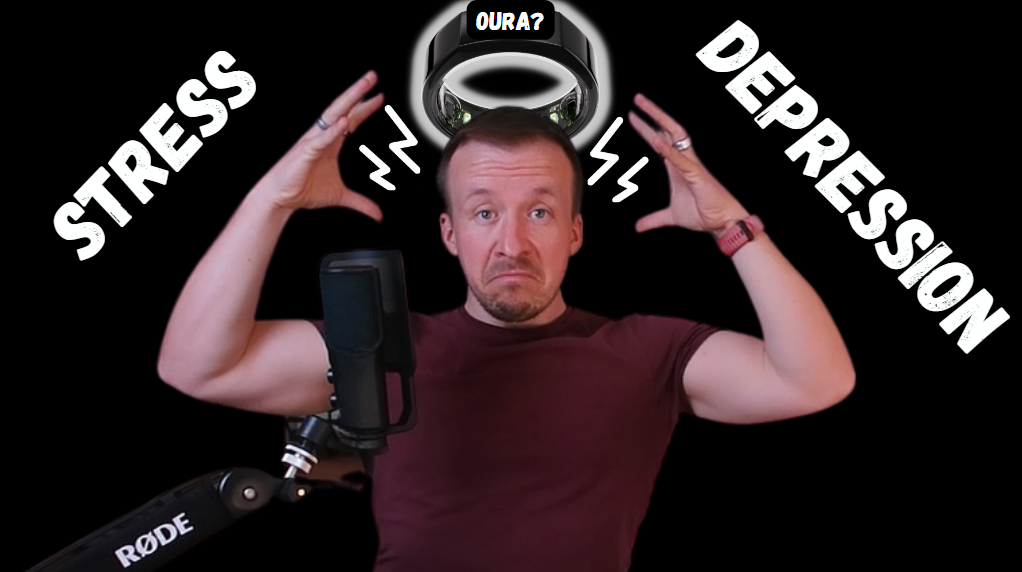
📍 Starting point
It has to be said that I have been in SOLID ▶️ STRONG levels for a long time. Which is actually a necessary condition. As the resilience is calculated on a 14-day basis, it's hard (impossible) to jump from LIMITED to EXCEPTIONAL all at once.
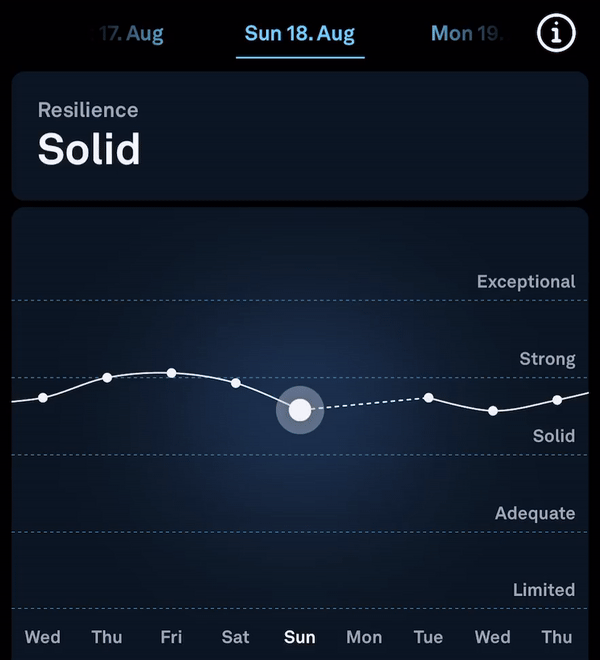
Basically, you could say that I was at a SOLID level in August and then from the beginning of September I went to EXCEPTIONAL.
But the beginning of September was paradoxically very challenging. Lots of work everywhere (house, office, blogs etc.) the start of kindergarten, which was challenging for a three year old (and therefore challenging for me), football matches started (and therefore some post-match 🍺...). So you'd expect things to get a bit worse, wouldn't you?
🗡️ So what?
I knew I was in for a tough time, so I deployed several special weapons designed for specific battle fronts / battlefield.
We'll be focusing on the first two weeks of September, weeks 36 and 37.
💤 Battlefield sleep
Through self-measurement, I've long established that if I want to survive tough periods with minimal impact, I need to prioritize sleep quality. I have done this through the following:
- 🛏️ Going to bed earlier - BEDTIME
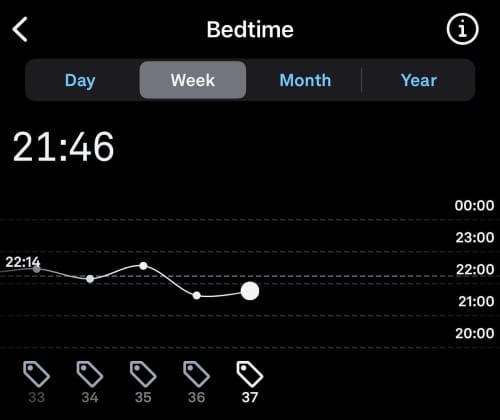
- 🔴🔴 Red glasses / Melatonin supplementation
- When it comes to glasses, I use about the best you can get - these.
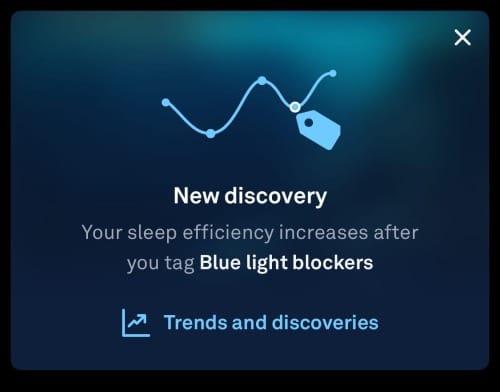
- 💊 As for melatonin, I avoided it for a long time because I read somewhere that supplementing it was useless. However, inspired by new findings, I decided to give it a try.
Especially in situations where I 💡 light-sin and disrupt my normal sleep hygiene (e.g. by shooting video, editing, etc.).
- ⏰Getting up earlier - closely related to bedtime. I'm not 20 anymore and I don't want to oversleep and wallow in bed until 10am. But maybe I could still manage it :)
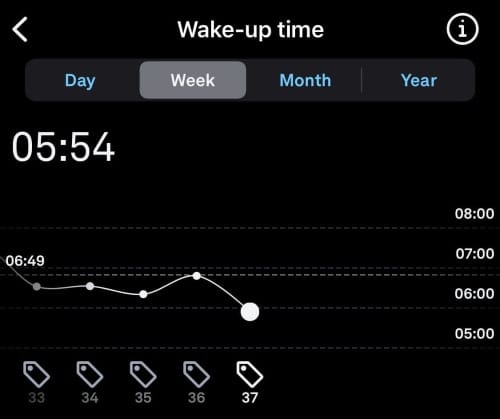
>>>>>More here<<<<
- 🌡️ Temperature - the summer heat is over and the temperature in the bedroom has finally dropped below 20°C.
I think the above elements (and some others from other areas) also contributed to the positive trend in resting heart rate.
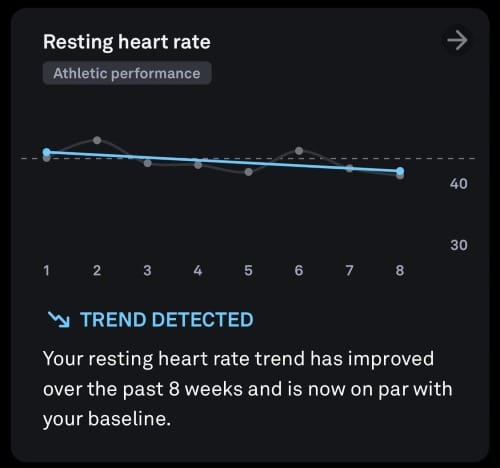
🚶 Battlefield Movement
Another long-term observation of mine is that if I want to function well and sleep well, I need movement. Ideally, movement that is long, continuous, and varied. Specifically, during the designated period, the following occurred:
- 🏋️ No gym - not that it was an intention, but I hadn't been to the gym for 2 weeks. And I'm actually quite glad that it wasn't forced by injury/illness, but just a break from traditional strength training.
- 🪑 Limited sitting - I spent more time on my feet, especially at the standing desk and on the walking pad.
- The use of a standing desk is limiting for steps measurement. The standing time metric can therefore be of interest. Oura doesn't monitor this, but RingConn does:
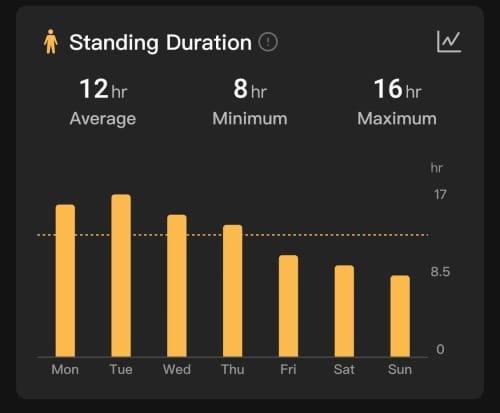
😓 Battlefield Emotions & Stress
In this area, I included the following in particular:
- 🍺 I've cut back on alcohol, limiting myself to one beer at most. While I haven't gone fully sober, I practice mindful drinking, only enjoying a beer if it's worth it.
- 📰 I don't watch the news for long, it's full of mostly negative news. The important news and the good news find me :)
🔉 I've been working more with music - while that Brain.fm - stuff is the absolute number one for productivity, it's definitely the number one for relaxation. - I've been experimenting a bit with the new Circular Ring feature - Coherence Circle, which I think is another variation on the breathing exercise, just with new metrics:
- 🖥️ Limited screen time – During the summer, I indulged more in watching series before bed. Now, I’m getting back to my routine of reading books/using an e-reader/listening to podcasts. As for podcasts before bed, I’ve been testing special Philips Kokoon headphones for a while now.
Currently, Ultrahuman is trying to connect self-tracking and screen time with their PowerPlug Screentime. Although I'm still figuring out exactly how it works, their goal is to find a link between time spent in front of screens and sleep quality.

🍔 Another thing I've been emphasizing lately is "how much processed food I consume." As a fan of Stephen King, this time I've prescribed myself a different kind of horror reading. The author is CHRIS VAN TULLEKEN, and the book is Ultra-Processed People. It's a terrifying read. I thought I was consuming minimal UPF (Ultra-Processed Food). I was wrong.
🤔 Conclusion
What to say in conclusion? I think the topics I've outlined above (and by that, I mean my current approach to sleep, movement, emotions, and food) don't need to be wrapped up. Instead, this is just a reflection on part of my ongoing journey of learning and growth.
As my children grow, I realize that we live in an amazing era, but one where threats are often hidden. The risk of being attacked by a predator 🦁 or a neighboring tribe ⚔️ was once clear...
In contrast, hidden substances in 🍡 food products, the omnipresent 💡 light, or 📱 screens that consume our attention are slow-moving threats we must learn to be aware of.
And, of course, I enjoy when this mix of life’s elements can somehow be measured. One of the best tools I have at my disposal for this is Oura Resilience.





